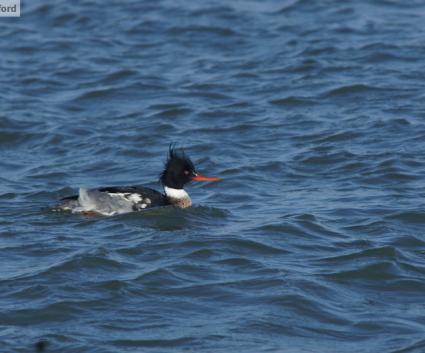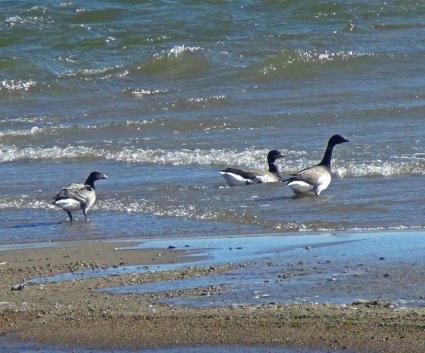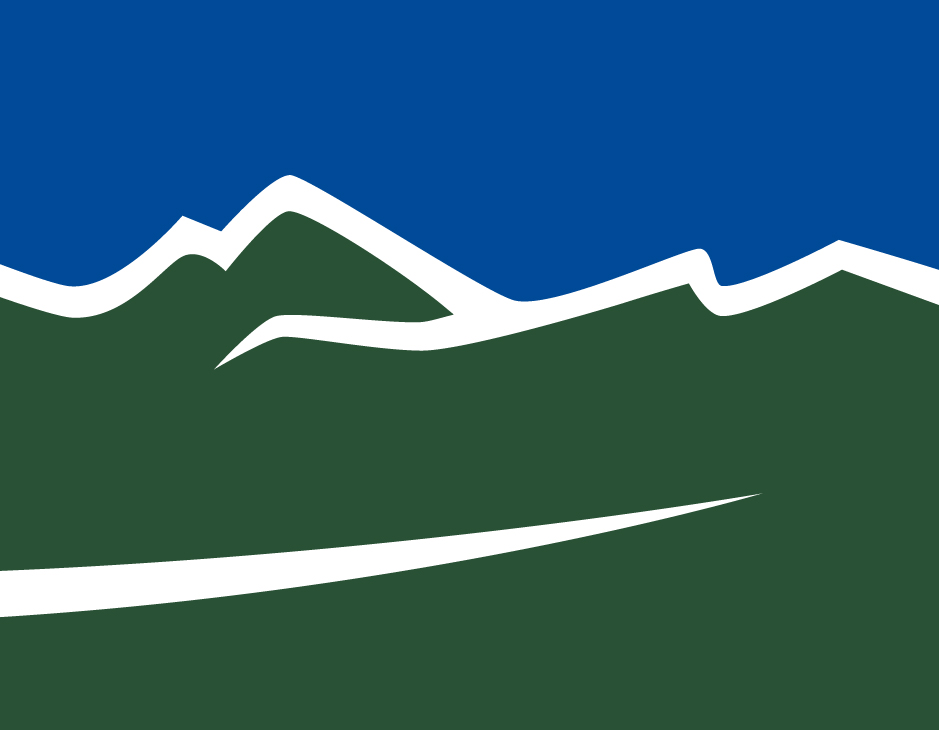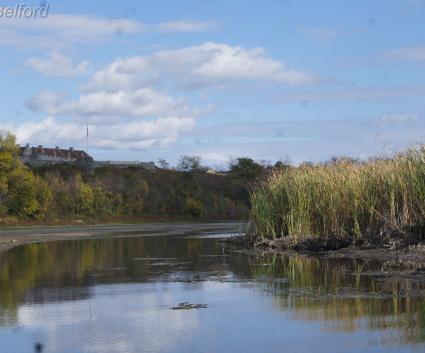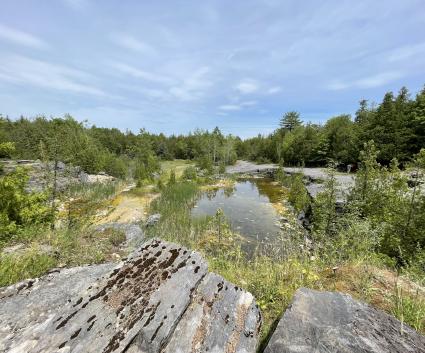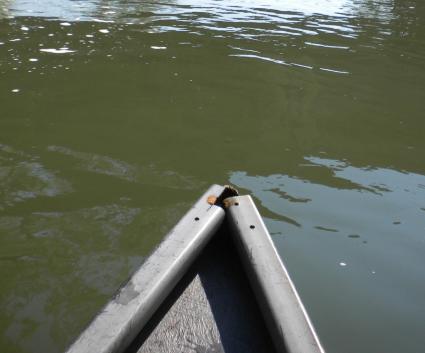A lot of people think that as the foliage falls from the trees and the landscape prepares for its winter sleep, birding is done for the year. I’m here to tell you that couldn’t be further from the truth. There is always bird activity in the Lake Champlain Region; you just have to know where to look. So, grab your binoculars, spotting scopes, and field guides and join me on a trip down the Adirondack coast to find some of the hottest, most legendary birding locations.
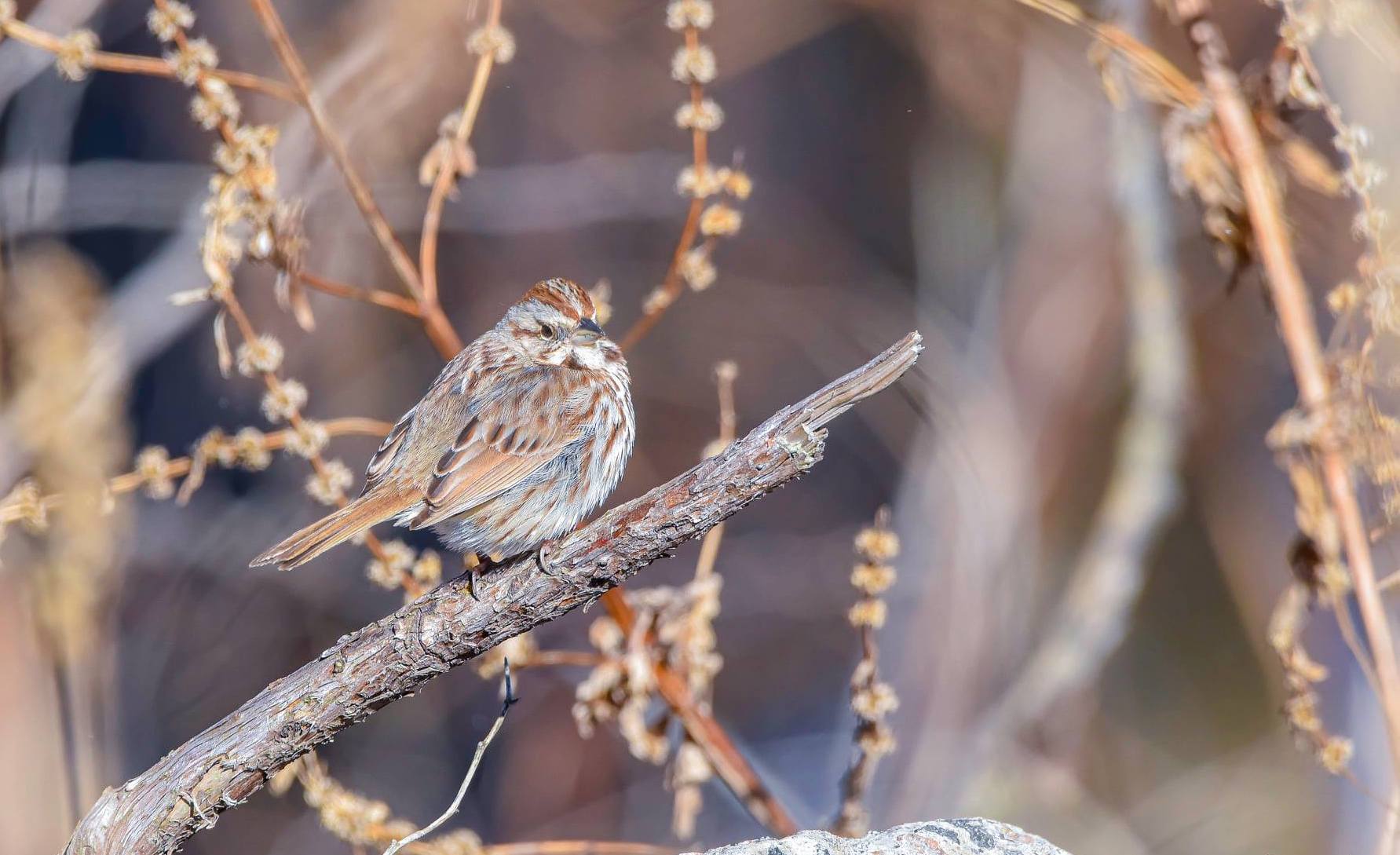
Lingering fall migrants
Fall is in the air, but some of our summer resident bird species haven’t gotten the memo! By now, the shorebirds have mostly gone south for the winter and the songbirds are not far behind. That said, many places around the coast may be harboring some lingering species like Yellow-rumped Warblers, some of the last to leave the area in the fall, or White-crowned Sparrows.
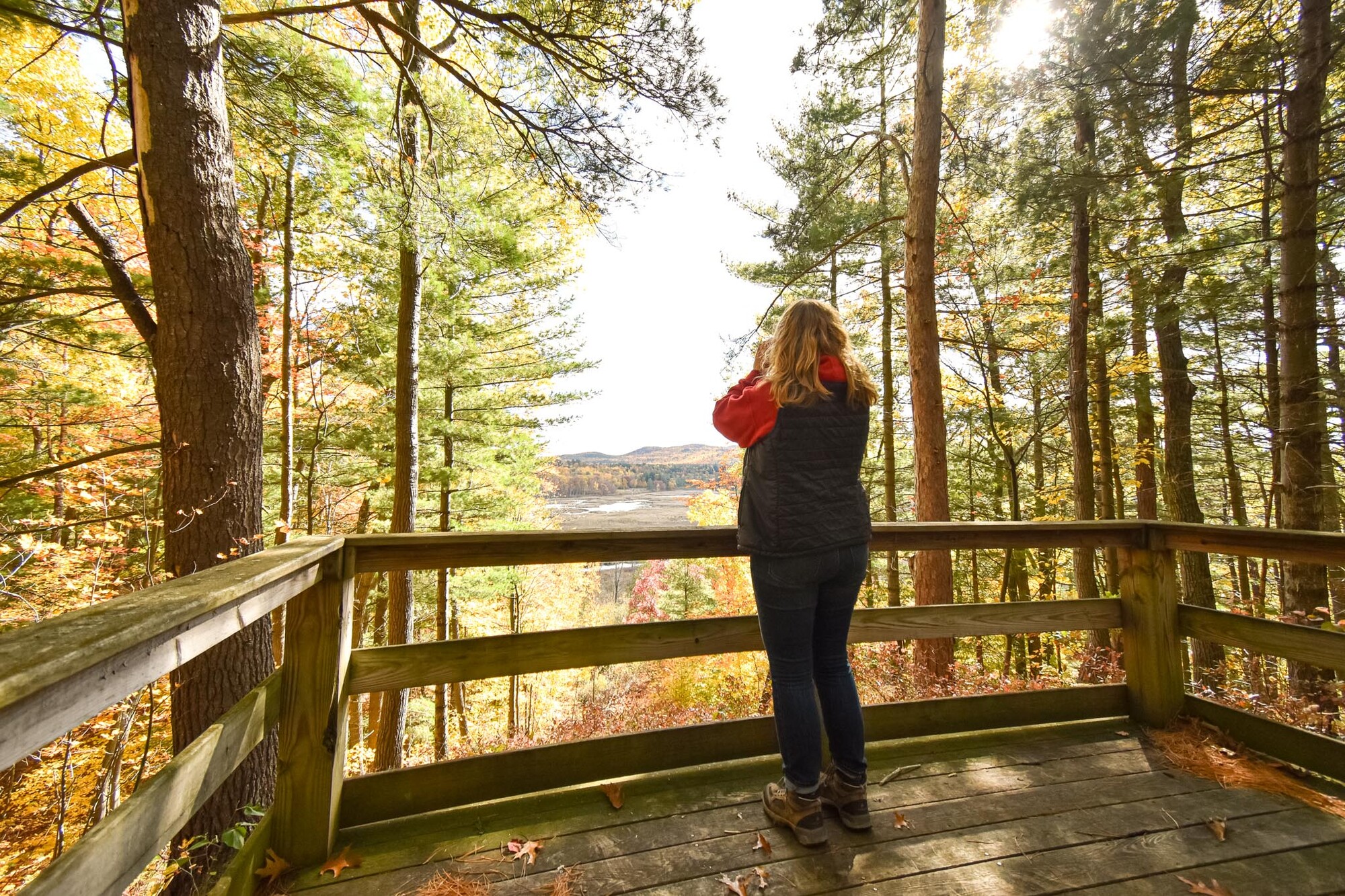
Since Lake Champlain itself acts as a funnel for bird species traveling north and south, locations along the lakeshore are typically good during times of migration. Try Wickham Marsh or even the Art Farm Trail, part of the CATS network. These are known “hotspots.”
The locals
Of course, not all birds migrate. Some remain in the Lake Champlain Region year-round. And while we can find them any month of the year, it’s still always a joy to see Black-capped Chickadees milling about or hear the lively chatter of a nuthatch.
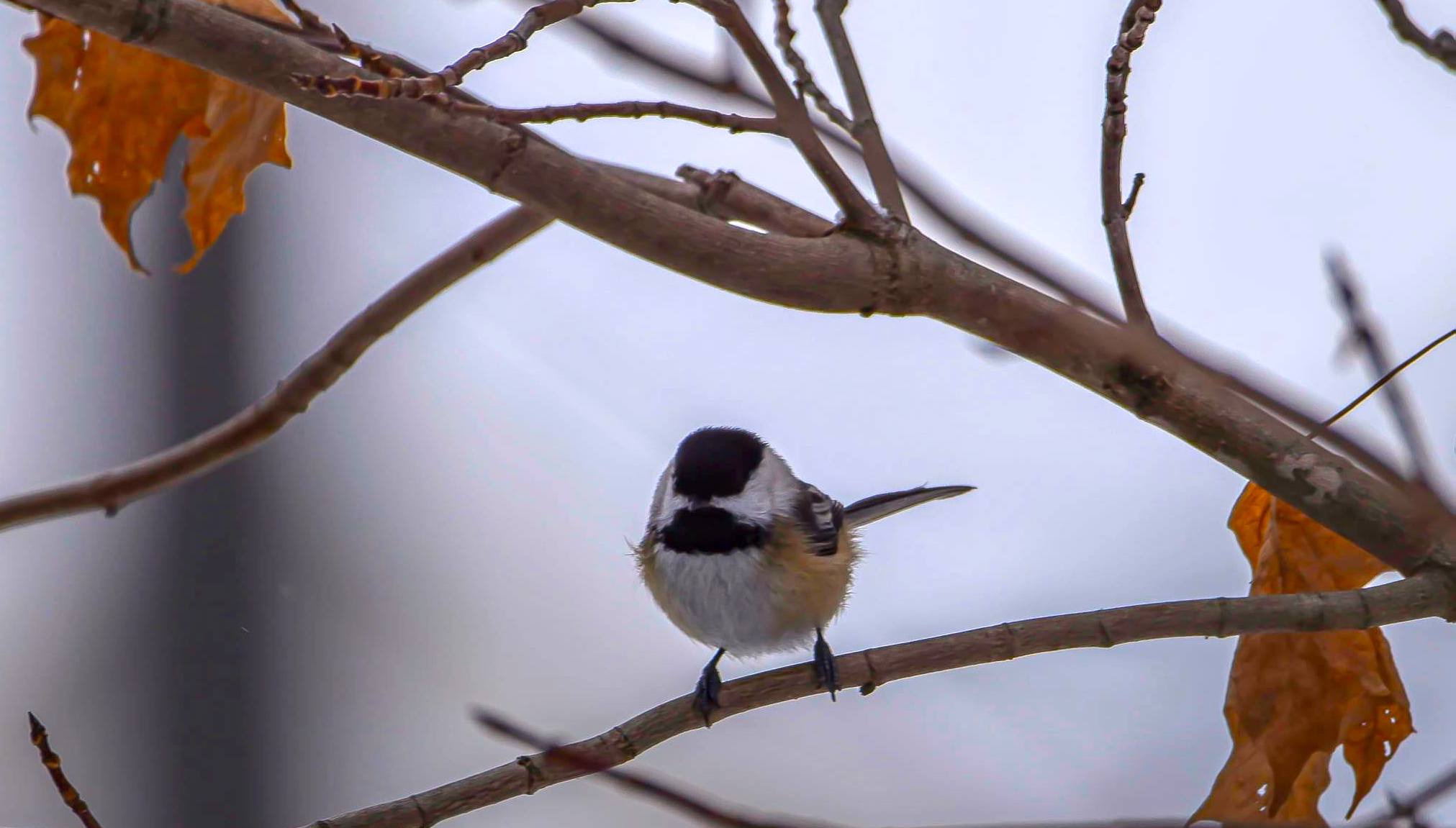
Did you know that Bald Eagles might also stay in the Lake Champlain Region year-round? Bald Eagles are opportunistic feeders, mostly on fish. But when the lakes are frozen and covered in ice, eagles will head south in search of open water. If the lakes stay open, however, the eagles are more persuaded to stay put. Have you seen any Bald Eagles this fall? Be sure to study each eagle you find; you may discover you’ve located a Golden Eagle!
Winter arrivals
By now you’ve probably heard of the mysterious Bermuda Triangle in the Atlantic Ocean, but have you heard of the Magic Triangle in the Lake Champlain Region? No? Well, you’re in luck, because I’m here to tell you it’s one of my favorite places to go birding, especially later in the fall and in winter. The Magic Triangle is comprised of Whallons Bay, Clark, and Cross roads not far from Essex, NY. These roads form a triangle and in the middle of this triangle is a great grassland. Right now, you’ll find a variety of sparrows present: White-throated, Savannah, Song, and maybe even a not-as-common Grasshopper. Some Bobolinks might still be around. Keep a look out for Ring-necked Pheasants as well.
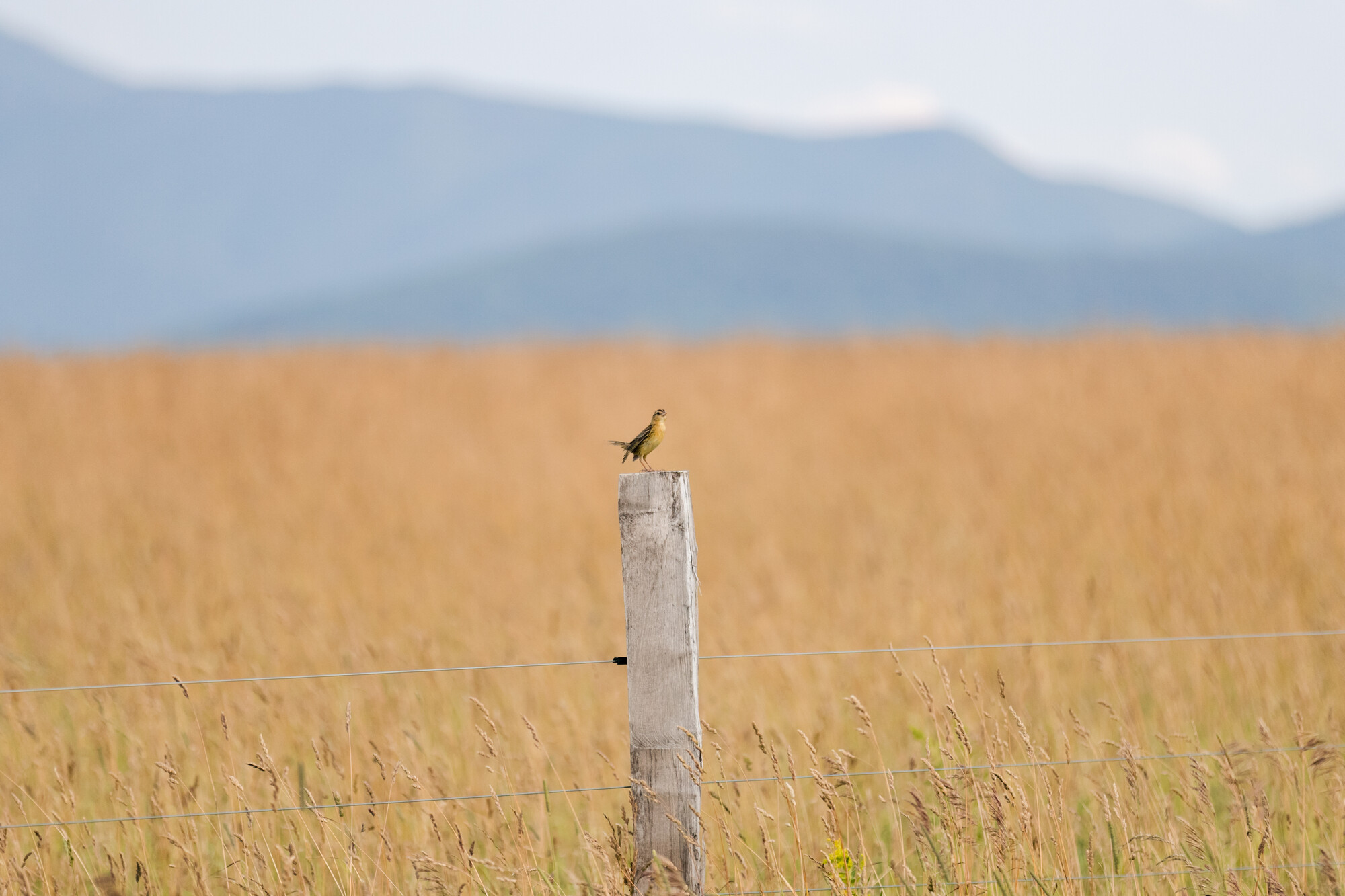
As we move further from fall and closer to winter, raptors like Northern Harriers will likely be found here. If you’re lucky, you might even find a Short-eared Owl. The summer and fall sparrows are replaced by Snow Buntings, Horned Larks, and sometimes Lapland Longspurs.
You don’t have to worry about disappearing when you go birding in the Magic Triangle, though you might get lost in your binoculars scanning the area for the different birds found here!
Ducks aplenty
The warm, sunny, fall days of October seem like a distant leap from winter, but, I assure you, ice and snow are coming. Places in the interior of the Adirondacks, like around the High Peaks, are quicker to become covered in snow and lakes freeze over. The milder temperatures around Lake Champlain mean the water stays open for longer, and sometimes it doesn’t freeze at all. So, when everyone says in winter there are no birds, I suggest heading to the Champlain coast to find open water. This is where you’ll find ducks. Lots of ducks.
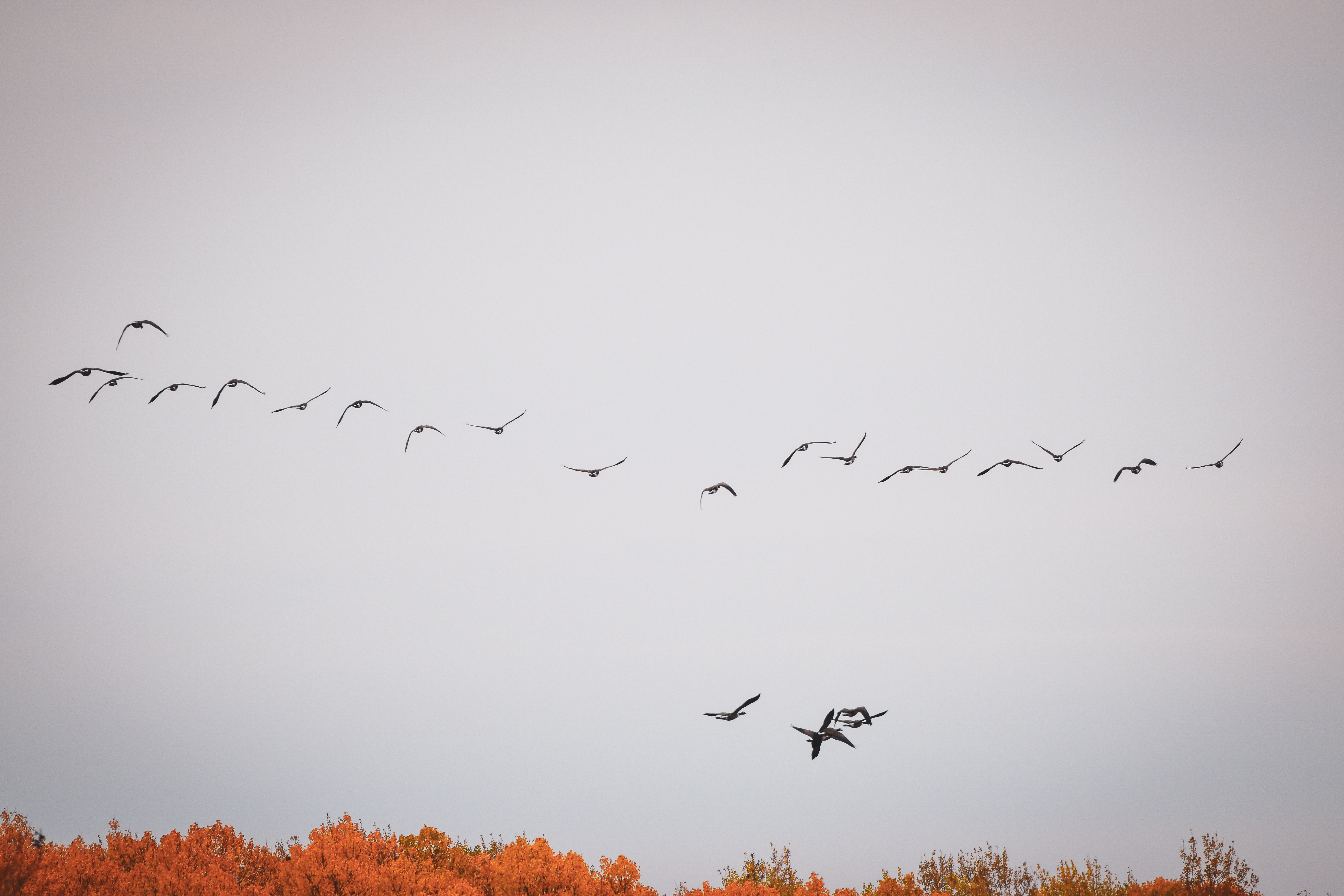
Even before the chill of winter sets in, the ducks can arrive. But before the ducks, there’s likely going to be geese. Lots of geese. In fall, you’ll find huge flocks of Canada Geese, maybe with some rarities mixed in. Snow Geese tend to congregate in nearby places like Kings Bay Wildlife Management Area (north of Plattsburgh) or just across the Champlain Bridge in Dead Creek Wildlife Management Area (Addison, Vermont). The bigger flocks tend to stick to those locations, but keep your eye on the sky; you never know what is going to fly by. Each year, birders spot Ross’s Geese, Greater White-fronted Geese, or even a rare Pink-footed Goose in the greater region.
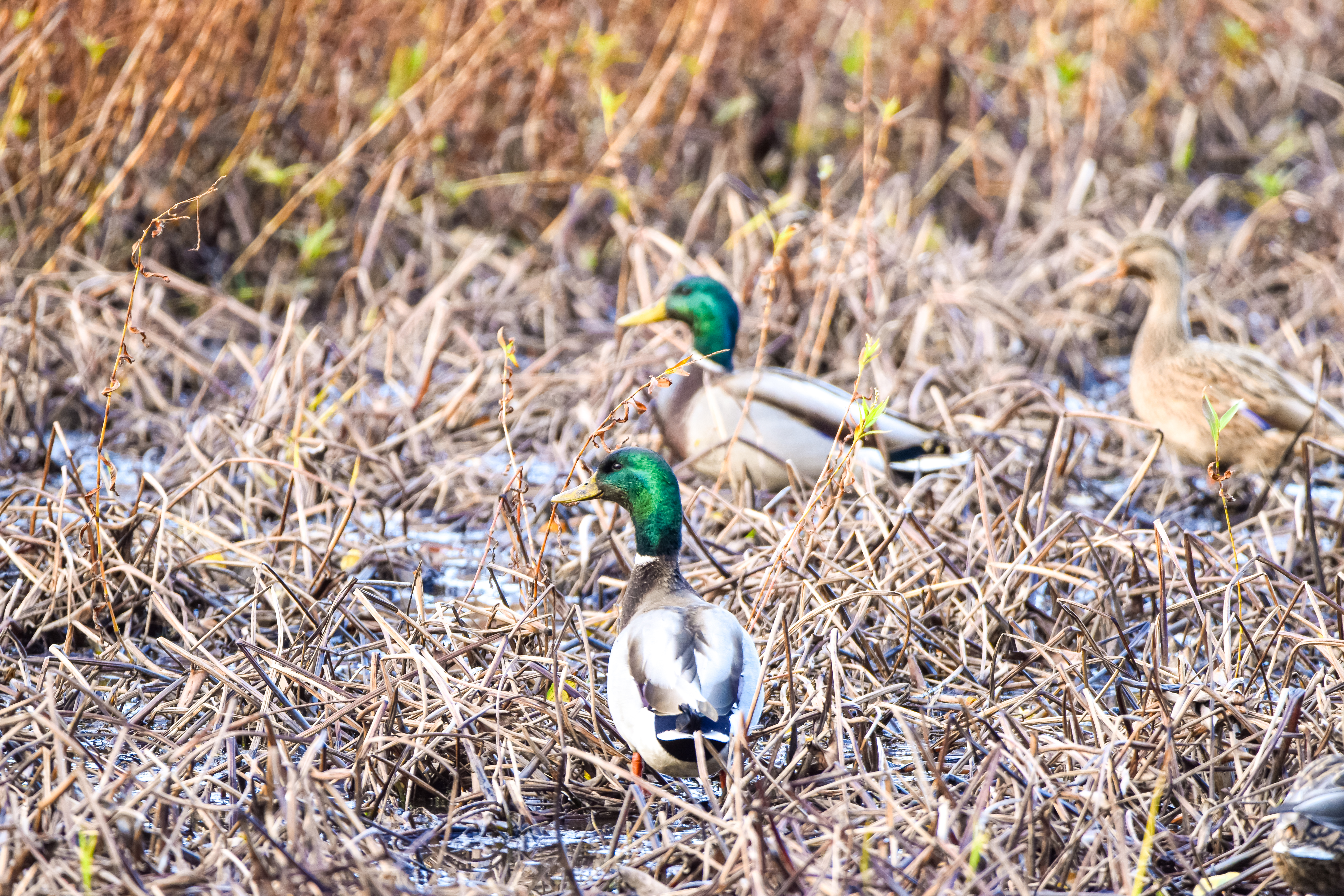
Next, the ducks arrive. Places like Hoisington Brook Outlet, the Essex Ferry dock, Crown Point, and Noblewood Park can house hundreds and hundreds of Common Goldeneyes, Buffleheads, Greater and Lesser Scaups, and the usual American Black Ducks, Mallards, and different mergansers. While some of these species might not be around in October, they’ll be here soon enough to welcome in the winter birding season.
Join the flock
At its core, birding is just watching and listening to birds. There is no defined way to practice the art of birding; you really have to go have a good time! Part of what makes birding in the Lake Champlain Region fun are the opportunities to observe species that aren’t usually found in other areas of the Adirondacks, especially in the fall. Birders who keep life lists should definitely add the Lake Champlain Region to their bucket list. So, now is a great time to start birding! And the Lake Champlain Region is the perfect place to go! If you’re ready to leave the nest and start your fall migration, be sure to grab a bite to eat first. Momma bird won’t be back to feed you until spring.




